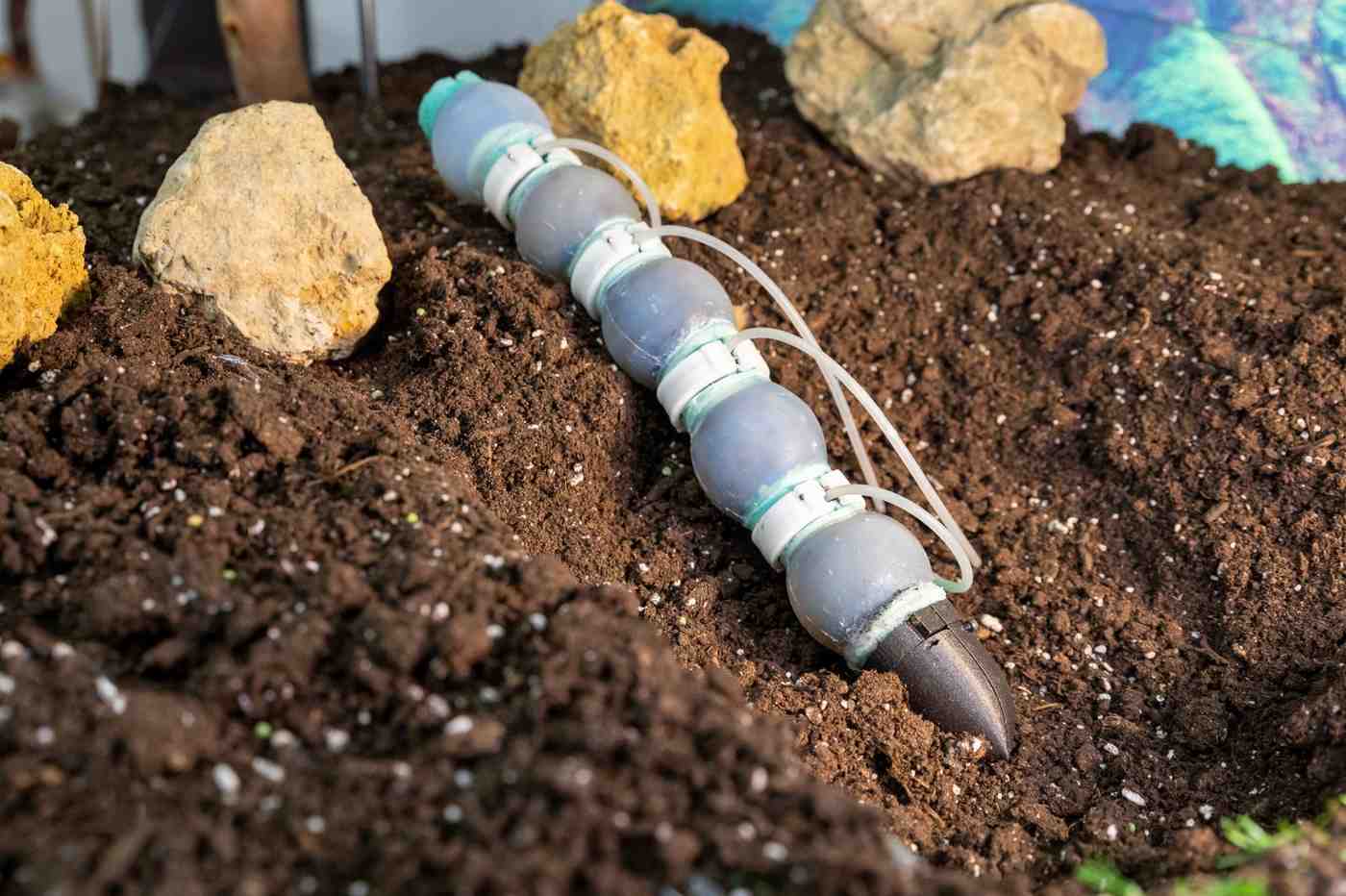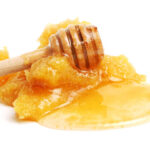The US patent on a bioinspired horizontal self-burrowing tool represents a first-rate development in subsurface exploration. This device, inspired by natural burrowing mechanisms, is designed to burrow through soil and sediments horizontally. The generation may want to rework various fields, from environmental monitoring to production and energy exploration.
In this text, we’ll discover the functions, applications, and potential blessings of this progressive tool. We’ll additionally cope with commonplace questions and offer insights into why this generation is a recreation-changer.
What is the Bioinspired Horizontal Self-Burrowing Device?
The bioinspired horizontal self-burrowing tool is a robot mechanism designed to mimic the burrowing strategies of certain animals, like earthworms. Unlike conventional burrowing systems, this device moves horizontally, permitting it to navigate subsurface environments with no need for huge openings or vertical access factors. This horizontal movement gives extra flexibility and efficiency in having access to difficult-to-attain areas.
The tool generally makes use of a combination of drilling and peristaltic motion (like earthworm motion) to move via diverse soil sorts. This unique, biomimetic method complements its potential to navigate hard environments and increases its software for applications requiring minimum disturbance to the surface.
How Does the Bioinspired Burrowing Device Work?
The bioinspired horizontal self-burrowing tool operates through a sequence of small, controlled moves that mimic animal burrowing. Its layout includes segments that contract and make bigger, pushing the device forward with no need for external force. Here’s a breakdown of the way it capabilities:
Segmented Body Structure
The device is constructed with segmented “muscle groups,” allowing it to settle and enlarge in a coordinated manner. This structure mimics how worms flow through the soil.
Rotating Head
Some fashions include a rotating head that loosens the soil, making it easier for the tool to transport horizontally.
Self-Propulsion
Instead of counting on large external equipment, the device makes use of its contracting and increasing movement for forward motion.
Sensors and Guidance
Equipped with sensors, the device can detect obstacles and alter its route. This clever steering device enables it to avoid rocks or compacted regions.
The aggregate of these mechanisms permits the device to move efficiently and autonomously through subsurface layers, making it an ideal choice for exploration projects in which traditional gadgets can not easily function.
Applications of the Horizontal Self-Burrowing Device
The bioinspired horizontal self-burrowing device has several applications throughout various industries. Here are a number of its key makes use of:
Environmental Monitoring
The tool can collect soil samples and reveal subsurface environmental situations. This utility is essential for analyzing soil health, groundwater pleasant, and pollutants stages.
Construction and Infrastructure
In production, the tool can assist with underground inspection, laying pipelines, and growing small tunnels without annoying the surface. It is good for projects that want minimal floor effect.
Energy Exploration
The device also can be utilized in oil and gasoline industries to observe soil composition and locate deposits. Its horizontal burrowing functionality allows access to locations traditional techniques can’t attain.
Agricultural Research
By reading soil fitness and nutrient degrees at exclusive depths, the tool can offer precious insights for improving crop yields. It can access soil layers in a non-invasive manner, retaining the integrity of the rural panorama.
Archaeological Exploration
For archaeologists, the tool offers a minimally invasive manner to discover historical websites. It can navigate below structures without being detrimental to them, allowing researchers to observe soil layers and artifacts.
These programs highlight the device’s versatility and capacity to beautify productivity and efficiency across multiple fields.
Advantages of a Bioinspired Horizontal Burrowing Device
This bioinspired tool offers several blessings over traditional subsurface exploration techniques. Here are a few first-rate blessings:
Minimal Surface Disturbance
Traditional methods can cause significant floor disruption, but this device’s horizontal movement minimizes damage to pinnacle layers, making it ideal for touchy websites.
Greater Flexibility in Movement
The device’s biomimetic design allows it to adapt to diverse soil kinds and maneuver around obstacles, enhancing efficiency and reducing downtime.
Energy Efficiency
Because it mimics the herbal movements of burrowing organisms, the tool makes use of less strength than traditional machinery. This makes it a price-effective and sustainable desire.
Improved Access to Hard-to-Reach Areas
The horizontal burrowing functionality lets get the right of entry to places that could be hard for traditional systems, making it perfect for specialized exploration obligations.
Environmentally Friendly
The device’s minimally invasive design guarantees that it doesn’t disrupt neighborhood ecosystems, making it an extremely good choice for environmental monitoring.
These benefits make the bioinspired horizontal self-burrowing tool a promising device for modern subsurface exploration desires.
Potential Limitations of the Device
While the bioinspired horizontal self-burrowing tool has many benefits, there are a few barriers:
Soil Composition
The device may warfare with very dense or rocky soils that exceed its ability. However, improvements in substances should address this problem.
Power and Battery Life
For longer operations, the device may want a strong supply or common recharging, which can restrict its use in faraway areas.
Navigation and Control
Although geared up with sensors, complicated underground environments can occasionally pose challenges to navigation. Further improvements in AI and steering generation are vital.
Understanding those barriers is vital for growing more effective variations of the device in the future.
How Does the Device Compare to Traditional Burrowing Equipment?
Traditional burrowing equipment frequently is based on large machinery and calls for significant excavation. This bioinspired device is greater compact, allowing it to get admission to areas while not having huge surface clearance. It’s also greater power-efficient, which reduces working expenses and environmental impact.
In addition, the tool’s biomimetic approach allows it to transport around obstacles, while conventional devices may require pre-drilling or guide adjustment. Overall, the bioinspired tool is a more flexible, green, and green option for horizontal subsurface exploration.
The Future of Bioinspired Burrowing Technology
The bioinspired horizontal self-burrowing tool has opened doorways for innovation in subsurface exploration. As researchers improve its layout and substances, we can count on these devices to turn out to be even greater versatile and capable.
Future variations may additionally feature more desirable AI for autonomous selection-making, advanced battery existence, and substances that can face up to a broader variety of soil types. These advancements could make the tool appropriate for extra applications, from geological surveys to huge-scale environmental studies.
The growing hobby in the bioinspired era underscores the ability for sustainable, green answers that take cues from nature.
(FAQs)
What makes the bioinspired horizontal self-burrowing tool precise?
The device mimics the burrowing motions of animals, permitting it to navigate subsurface environments horizontally without demanding the floor.
Is this tool environmentally friendly?
Yes, its minimally invasive layout minimizes disruption to local ecosystems, making it perfect for environmentally sensitive initiatives.
What are the primary applications of this tool?
It’s utilized in environmental tracking, production, electricity exploration, agriculture, and archaeology, in which it provides green subsurface admission.
Can it function in any soil type?
While it performs well in lots of soil kinds, extremely dense or rocky soils may additionally restrict its motion. Ongoing research aims to cope with those boundaries.
How does the device compare to the standard system?
The tool is greater compact, strength-efficient, and bendy. It gives extra get admission to hard-to-attain areas without primary surface disruption.
Conclusion
The US patent for a bioinspired horizontal self-burrowing tool represents a substantial leap forward in subsurface exploration. Its specific, biomimetic approach permits it to navigate challenging environments even as minimizing surface disruption. From environmental tracking to construction and archaeology, this tool offers a flexible, efficient answer for diverse packages.
As technology keeps increasing, this bioinspired device should pave the way for extra sustainable, value-powerful exploration methods. It’s a promising instance of how progressive design stimulated with the aid of nature can deal with actual global challenges.












